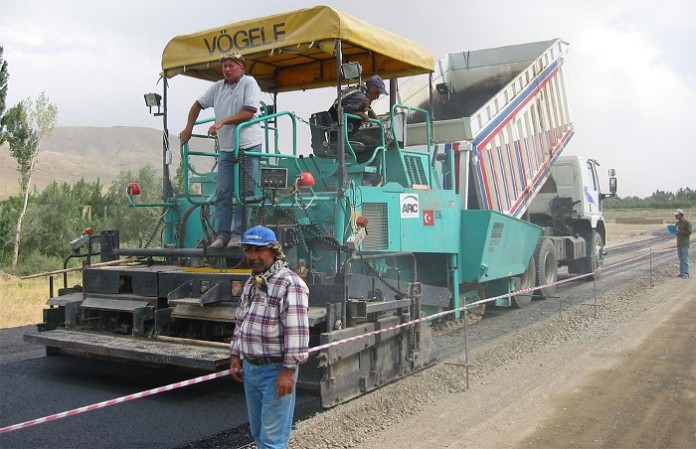A plan for repaving 50 blocks’ worth of Perry roadways was presented to the Perry City Council Monday by City Administrator Sven Peterson.
Reporting on discussions held with the Perry Public Works Department and Bolton and Menk, the city’s engineering consultants, Peterson said a lucky coincidence of new state gas tax dollars flowing into the city’s coffers and asphalt prices hitting their lowest level in 10 years makes the project feasible for city finances.
“We’ve got some extra money since they passed the gas tax, and that money is starting to come in,” Peterson said. “It should end up around $130,000 a year on top of what we’ve already been getting. So we’re going to look at taking that money every year and putting it towards a loan, probably about a five-year loan, and taking some of that extra road use tax funds and then some local option sales tax and coupling those together every year to do a pretty significant project.”
If approved by the council, the asphalt overlay project would start next summer.
Third-ward councilperson Barb Wolling asked whether streets included in the proposed repaving project would overlap with those possibly slated for sewer repair or replacement.
“The streets that might have significant sewer issues, we’re probably going to steer clear of that,” Peterson said. “That’s kind of the process we’re going through now of mapping where everything is and laying out how everything works. Depending on how all those come out and if we have to do full-depth repairs on some spots, hopefully we’ll have about 50 blocks of overlays. That’ll be a nice, big project.”
The Perry Public Works Department is conducting an ongoing phased project of jetting and videotaping the city’s sanitary sewer system in an effort to locate points of storm water inflow and infiltration into the sanitary system. Serious flooding in numerous Perry residences this summer has given the inspection program greater urgency.
The videotaping has already produced a lot of data for Bolton and Menk to analyze.
“Jacob gets to sit and watch 30,000 feet of sewer inspections,” Peterson said. The results could help the city correct the causes of flooding in a cost-effective way.


















